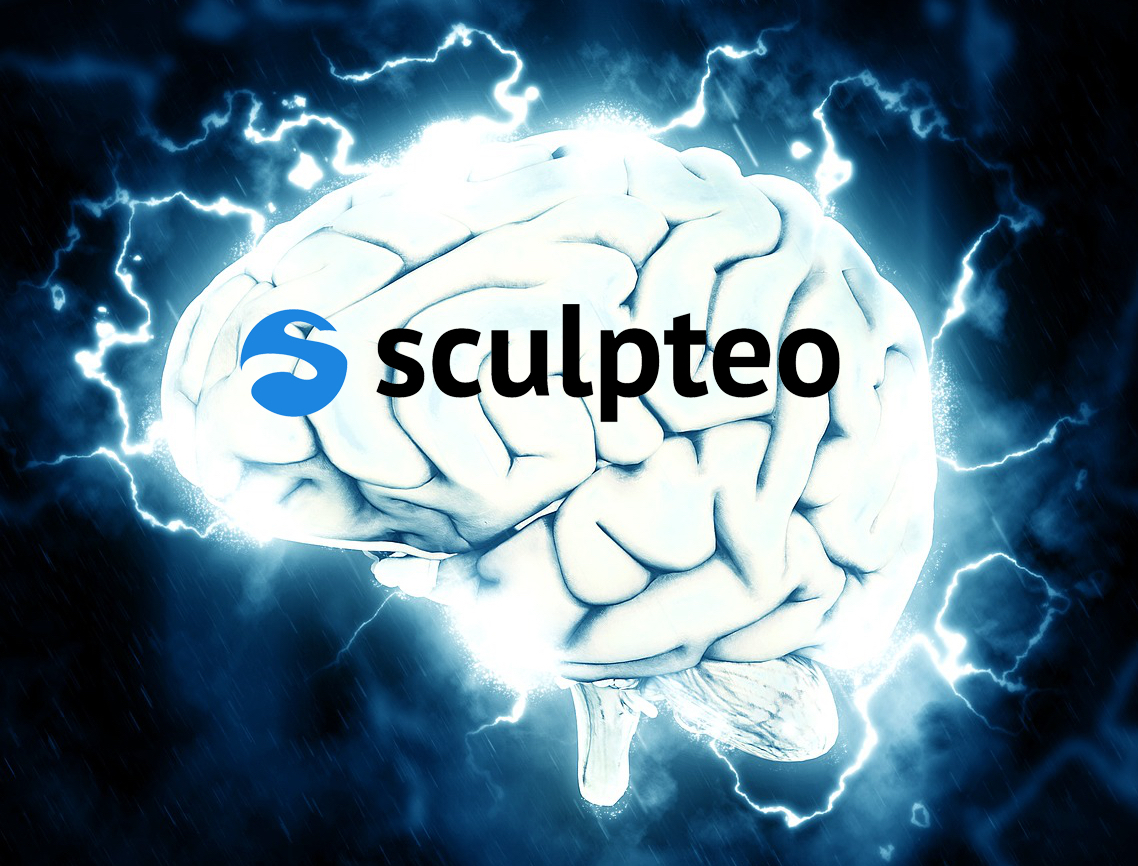
Last week 3D print service Sculpteo announced a series of AI-based tools to simplify use of their system. But what’s driving them to this?
We spoke with Sculpteo CEO Clément Moreau at CES to find out.
Moreau explained that their firm really wanted to get into 3D metal printing, because that is the best market in 3D printing today. It offers the highest margins and is beginning to attract interest from big industry. This makes much business sense.
However, as I’ve written previously, actually doing metal 3D printing is a difficult matter and requires considerable expertise. There are multiple considerations, such as the size and geometry of parts, development of appropriate support structures, crystalline strength of materials, heat flow through the object, the build plate and support structures and much more.
The problem is that Sculpteo is an online service and using it should be as simple as possible. Difficulties mean lost sales for Sculpteo, so it is in their interest to remove as many barriers as possible.
http://www.fabbaloo.com/blog/2016/12/30/why-is-3d-metal-printing-so-challenging
Sculpteo found that experts in 3D metal printing typically discover solutions, but tend to keep the solution to themselves. They felt that an AI system could capture, grow and distribute that knowledge.
While Sculpteo hasn’t yet deployed this particular part of their AI system, they have launched what they call the “Business Case” AI tool.
It is an “Expert System” that is based on actual experience of experts and is intended as the first point of contact for Sculpteo clients. There the clients can very rapidly discover whether their proposed project is feasible, both technically and financially.
Due to still-widespread misunderstandings of 3D printing technology, Sculpteo clients (and I suspect clients for every 3D print service) often don’t understand the implications of their requests. For example, Moreau suggested someone might ask for an entirely 3D printed bicycle. While this is likely technically possible, it may cost the requestor over USD$1M! That price might change their mind.
It turns out that Sculpteo receives many invalid requests from prospective clients, and each must be discussed and often refined into feasible 3D printing requests with some adjustments. It takes time to say, “No!” The iterations between Sculpteo and client are essentially training the client in how to set up the 3D print properly.
But the work of doing that iteration with the client actually costs Sculpteo money. And that “training” cost is essentially unrecoverable by Sculpteo.
At least, that is, when it’s done by humans. By implementing their Business Case feature, this early consultation can be done automatically by the AI. The results will be received faster by the client and they will be consistent among all requestors. Further, the AI can be improved over time as it learns from experience and share it with new customers. And finally, it’s a lot less expensive for Sculpteo, who then would be able to spend more time on the actual 3D printing operations.
I believe this is an ideal solution, because it can potentially bring a lot of expertise to bear for clients that would typically be from smaller companies that could not afford to have their own 3D metal printing expert on staff.
Moreau explained that the system will also be available for plastic 3D printing clients as well as metal, because the issues and benefits are very similar, albeit with a different set of materials.
Another interesting benefit for Sculpteo is that with the system they will accumulate a large amount of aggregated statistical data on the types of parts, materials and approaches used. This can be leveraged to improve their service in the future.
Moreau re-iterated that the Business Case module is only the first of several AI-based tools that will be deployed. He expects the next module to be one that can attempt to modify the designs to make them correct for 3D printing. For example, walls might be too thin to enable proper 3D metal printing, or the support structures are not optimum for conducting heat flow away from the part. This will be done through a complex simulation process that can help understand whether the part will be successfully 3D printed. This is particularly difficult when analyzing an intricate lattice structure, which, by the way, Sculpteo is able to automatically generate.
In all, it seems that Sculpteo is expanding their market by making it easier to successfully 3D print using their service’s powerful tools.
Via Sculpteo

